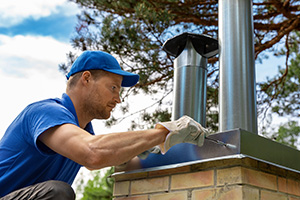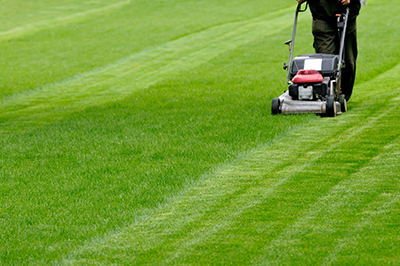Chimney Service Freehold Inspects All Parts of the Chimney
Winter is here. That means nights cuddled up by the fire. Unless of course, you didn’t have your chimney inspected. Then it could mean nights having to crank up the thermostat. Months of increased energy bills. Let’s not forget the risk of fire. The best way to enjoy your fireplace or other indoor heating stove is the safe way. Plus, the safe way also happens to be the most efficient way. Just like anything else, a chimney and all of its parts are all designed in a specific way. When a part of that system breaks, the job is affected. In chimneys, this means less heat and more danger. The one and only way to avoid that and keep your stove heating your home efficiently is regular chimney service Freehold inspections by a qualified team like the one at Carlin Chimney and Duct Service.
Parts of a Chimney
Most homeowners think of a chimney as one whole item. However, there are many parts of a chimney, which means there are many places for a chimney to fail. If even one part of a chimney is faulty, it can very dangerous. This is what makes chimney service Freehold so important.
Chimney Flue
This may be what people actually think of when they think of a chimney. The flue is the vertical shaft that smoke and gases escape from that is inside the masonry of the chimney. In some cases, the flue and the flue liner may be one and the same. However, in most chimneys, they are two distinct parts. In very old chimneys, there may not be anything other than the brick structure. According to the Chimney Safety Institute of America a flue lining is “A clay, ceramic, or metal conduit installed inside of a chimney, intended to contain the combustion products, direct them to the outside atmosphere, and protect the chimney walls from heat and corrosion.” Once a flue lining was an optional addition. Now, though, it is mandatory pretty much in all cases. Having the right sized flue is essential to the efficiency of your stove.
Cap
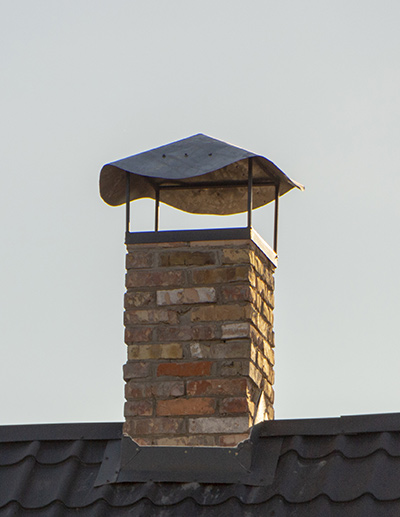
Another essential safety feature that every chimney should have. This piece of the chimney prevents ice, rain, sleet, and other foul weather from getting into your chimney, and therefore, your home. It also stops birds and other animals from gaining access to your chimney to nest. Another safety feature is the wire mesh on a chimney cap that helps block embers from exiting the chimney and landing on your roof. As you can see, a problem with your chimney cap can lead to a whole host of other issues. That’s why an annual inspection by a chimney service in Freehold company is so crucial. Not only can it be dangerous to go up on your roof to look at your own chimney, you may not have enough knowledge to know what things to look for.
Crown
Sitting on top of the cap, a crown is an additional defense against water and other things from getting into your chimney. If your crown is cracked or damaged in any way, you should call for chimney service Freehold as soon as possible.
Chimney Flashing
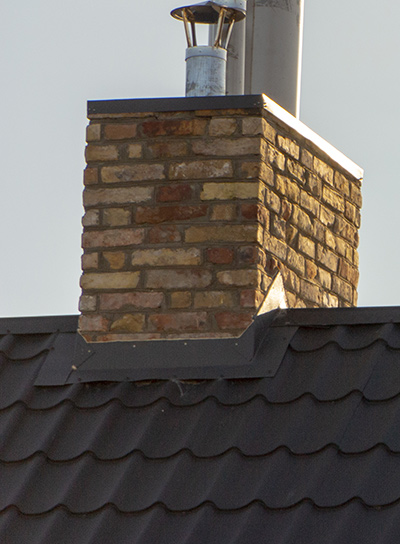
Made of metal such as aluminum, copper, or steel, this piece of the chimney can be found where the chimney and the roof meet. This is yet another defense against moisture. However, this prevents moisture from leaking into your roof. Just as with the cap and crown, if your flashing is rusty, damaged, or missing, you are high risk of a leaky roof. While this may not affect the efficiency of your stove, it sure will put a dent in your wallet and increase your stress level. Another good case for having your chimney serviced at least once a year by a professional chimney sweep.
Damper
This part of your chimney is one you cannot see. It is located inside your chimney above the firebox. A damper is basically the “door” that closes your chimney off to the outside. It seals your chimney from losing heat through it and should therefore be kept closed when the fireplace is not in use. This is also why it is important to ensure that it is open when you do have a fire going. Having the damper open allows the smoke and combustibles to exit freely. Dampers can get rusty and can affect how well your fireplace or stove works. A damper stuck open allows heat to escape and cold air to enter. A damper that doesn’t open can prevent you from starting a fire at all and if you do get one started, all the smoke will blow right back into your home.
Chimney Service Freehold is Important for Safety Too
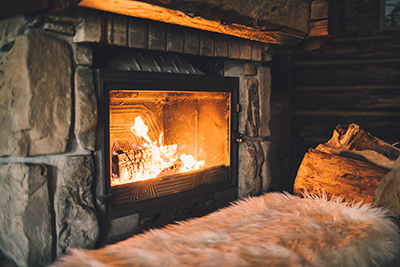
We hope you can see how each part of the chimney is important in order for you to enjoy your fireplace as you should. If just one piece is damaged, it can set off an avalanche of problems. This can lead to not only high energy and repair bills, but major damage to your home and possibly the loss of your home and belongings to fire. The best way to avoid all this heartache is to simply have your chimney inspected at least once a year. An inspection by a professional sweep who provides chimney service in Freehold can help detect small impairments before they become major damage.
Chimney Inspections Save You More Than You Think
Many homeowners delay scheduling a chimney inspection because they assume it’s a minor task that can wait. However, chimney inspections are not just about checking for obvious damage — they are about catching small, hidden issues before they become expensive problems. Cracks in the crown, small gaps in flashing, or early signs of corrosion in the flue lining may not seem urgent until they lead to significant water damage, mold growth, or even carbon monoxide leaks. When you consider the cost of major roof repairs or interior water damage restoration, the price of an annual inspection is a bargain.
In addition, regular chimney service in Freehold ensures that your heating system is performing at maximum efficiency. A blocked or damaged flue will hinder airflow, forcing your stove or fireplace to work harder, use more fuel, and produce less heat. That means higher heating bills for lower comfort. Inspections also provide peace of mind. Knowing that your chimney is free of obstructions, damage, and risk factors lets you enjoy your fireplace with confidence all winter long.
Finally, consider the resale value of your home. Potential buyers are far more comfortable investing in a house that comes with a clean bill of health. Keeping up with chimney maintenance demonstrates responsible homeownership and can be an attractive feature during a home sale.
If you haven’t scheduled your chimney inspection this season, now is the time. Don’t let a small issue turn into a costly disaster. Trust the experienced team at Carlin Chimney and Duct Service to keep your chimney in excellent working order. For expert chimney service Freehold residents can count on, schedule your annual inspection today. Your comfort, safety, and home depend on it.

